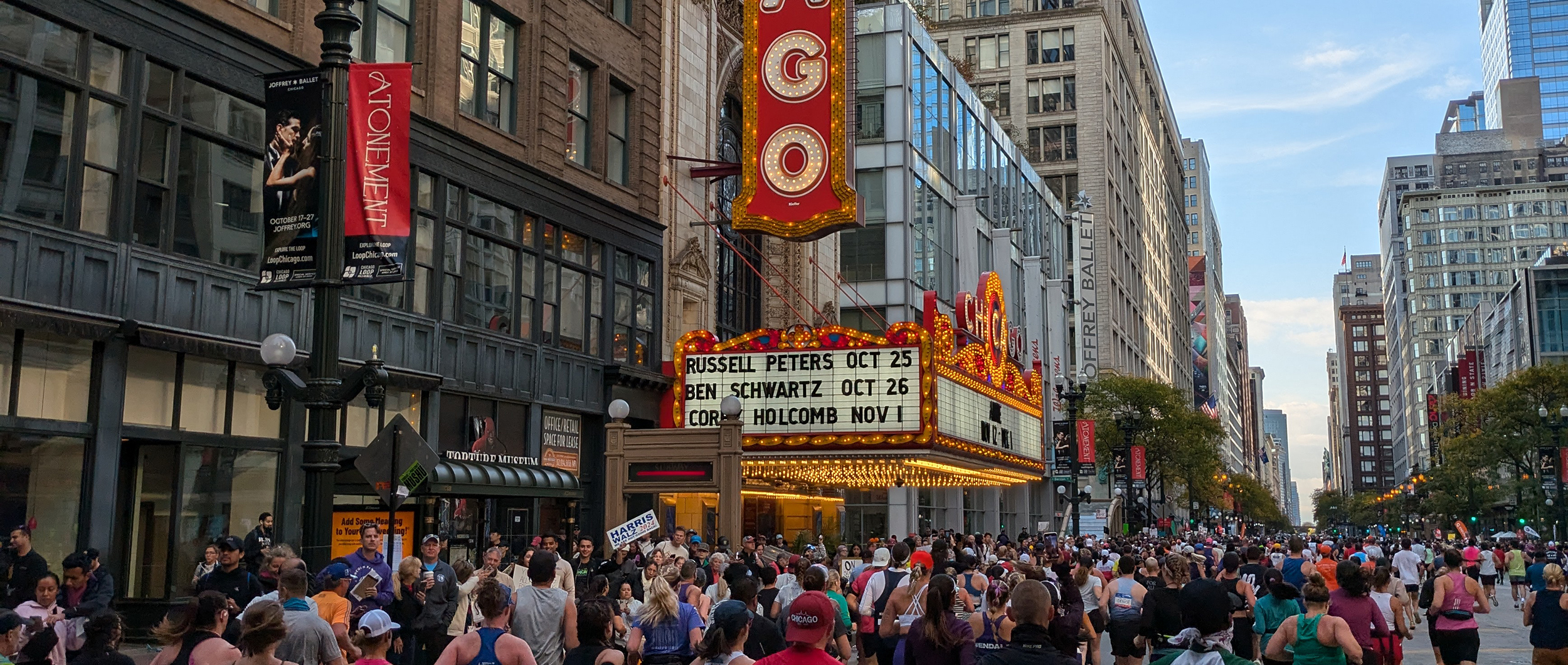News
NOW OFFERING RACE-SPECIFIC TRAINING PLANS!

One of the (many) reasons that an athlete may seek out a coach is that they don’t know where to start when it comes to writing a training plan that will set them up for success. Experienced coaches will deploy variations of a training philosophy called “periodization” when writing training plans and working with athletes. According to the National Academy of Sports Medicine, periodization “requires the application of planned phase changes and cycles in programming to drive physical and metabolic adaptations to improve performance.” This is a fancy way of saying that periodization is what enables athletes to make the physical gains necessary to reach their goals.
Over the years many coaches and industry experts have come up with different variations of periodization, but the goal of all of these variations is the same: To implement a process that helps athletes be their best. In my work as an endurance sports coach, I generally implement one of two types of periodization: Linear and Non-Linear.
Strictly speaking, Linear Periodization keeps major training stimuli (such as aerobic, anaerobic, strength, and speed) largely separated from each other. The training process is arranged in a “line” in which each stimulus is worked on, and then gives way to the next one. So, for instance, an athlete would work on aerobic system development for a training cycle and then progress to anaerobic system development for the next training cycle. (A training cycle can last anywhere from 4-16 weeks depending on what is being worked on.) In addition, total volume progresses in a “line;” athletes start off with lower volume in the early cycles of a training plan and progressively build to higher volumes as they get closer to their A-Goal race.
Non-Linear Periodization mixes together the various training stimuli throughout a training cycle. (Thus, compared to Linear Periodization, it does not progress in a “line;” it is non-linear.) Athletes will work on developing aerobic endurance, strength, and speed/power all of the time instead of in isolated training cycles. In addition, it generally keeps volume at a relatively similar level all the time.
Over ten years into my career as an endurance coach, I can say that I currently deploy a modified version of Linear Periodization for almost all age-group athletes who I work with. The reason for this is honestly simple: Most age-group athletes lead incredibly busy lives and have more things going on in their lives that are important to them than just sport. In order to effectively manage the load to capacity ratio in their training, it’s best to implement progressive overload (to apply training load slowly over time). Thus, the volume and intensity progression that Linear Periodization implements is the style of training they can tolerate best.
The modification to Linear Periodization that I have started implementing after accumulating years of experience as a coach is that I do not always segregate the training stimuli. There is definitely a need to establish a base of training for all athletes (and especially new athletes or athletes who are coming back from injury or illness). That being said, once an athlete has been consistent for enough time, I have seen that there is risk in only doing aerobic work, then only doing anaerobic work, then only doing speed work, and then only doing work that focuses on building power. I have observed that mixing these stimuli within a training week and/or a training cycle keeps the muscles and joints well-adapted to the stress of training, which I have seen minimize injury risk. (While this is true for athletes of all ages, this is especially true for Masters Athletes.)
Instead, I separate out phases of training (generally into Base Phase, Build Phase, Competition Phase, Taper Phase, Peak Phase, and Maintenance Phase - these are called mesocycles) over the course of a training year (also known as a macrocycle) and mix in Recovery weeks (weeks are also known as microcycles in a training plan). I progressively build volume up over each phase of training. The specificity of what we’re doing also increases with each different phase, with Competition and Peak Phases being the most sport- or race-specific phases of training.
For most athletes, I’ll write out 2-3 weeks of “up” training when we progressively build volume and/or intensity, and then follow it with a “down”(recovery) week that is less than what we just did in the previous 2-3 weeks. Stress + Rest = Growth, and these Recovery Weeks are important so that the body can adapt to the stimulus that was imposed on it in the “up” weeks. Over time, these training cycles layer on each other and build race and sport-specific skills that have an athlete prepared to race their best for their goal event.
There have been times over the years when I have implemented Non-Linear Periodization for some athletes. Because it incorporates so many stimuli all the time, it can keep athletes in “race ready” shape throughout a higher percentage of the year. Thus, it can be a very effective way to train for athletes who do not have as much control over their race calendar and who have a lot of time resources to train and recover (such as elite or professional athletes).
However, because high-intensity training is always present throughout Non-Linear Periodization training plans, Non-Linear Periodization carries a greater risk of overtraining and injury. (This is especially true for age-group athletes since they are so busy and therefore often do not (or cannot) give recovery proper priority, let alone enough priority for Non-Linear Periodization to be successful). Additionally, there isn’t much distinction between phases of training like there is in Linear Periodization. This can make it difficult to accurately peak for (and therefore perform well in) races that are important to an athlete.
Reading a book, scanning an article, and/or going through a coaching certification course to learn about these types of training philosophies is one thing. Implementing them is quite another, and it took me many years of implementing these styles of training for hundreds of athletes to see what actually works for athletes and what doesn’t. Trying to figure this out for oneself can be overwhelming (it’s one of the reasons why even I - an endurance coach! - prefer working with another coach for my own training). Working with a coaching partner or following a Training Plan will properly and effectively implement periodization to effectively manage your training load and intensity so you can reduce your chance of injury, be strong, and achieve any and all goals you set out to.



































































































Have a question or ready to get your TRAINING started?
Fill out our Contact Form to the right and we will get back to you shortly!